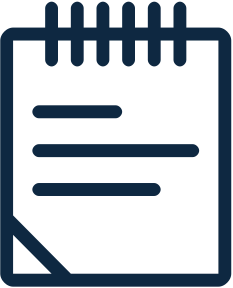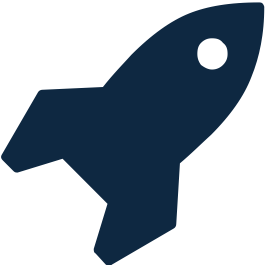Pathways & Progress: Talent Attraction & Recruiting
Optimizing Talent Attraction & Recruiting in the Employee Lifecycle
In today’s competitive job market, attracting and recruiting top talent has become more crucial—and challenging—than ever before. Organizations aiming to lead in their industries must refine their strategies at every stage of the talent acquisition process.
In this second article of our HCM series focused on the employee lifecycle, our Amplify consultants will explore the intermediate steps of the talent attraction and recruiting stage in the cycle and areas of opportunity to ensure that organizations are operating optimally from the first touchpoint.
Talent Needs Analysis

The foundation of effective recruitment begins with a thorough Talent Needs Analysis. Organizations should assess current capabilities, identify skill gaps, and predict future needs based on strategic objectives. This process ensures recruitment efforts are aligned with organizational goals and resources are allocated efficiently.
Workforce Planning

Closely linked with Talent Needs Analysis, Workforce Planning involves forecasting future staffing requirements to meet business objectives. It addresses questions of scale (how many people are needed and when) and scope (what skills and competencies are required). This strategic approach helps organizations anticipate hiring needs, thereby enabling a proactive rather than reactive recruitment strategy.
Job Boards, Descriptions, and Role Profiles

Job boards, job descriptions, and role profiles are foundational elements in the recruitment process, serving as critical tools for attracting the right talent and building a workforce aligned with an organization's values and goals. Job boards are vital for bridging the gap between employers and potential candidates, enabling a targeted recruitment campaign by allowing organizations to post vacancies and candidates to explore opportunities that match their skills and aspirations. On the other hand, job descriptions provide a clear outline of the role, responsibilities, qualifications, and skills required, acting as a filtering tool that attracts suitable candidates and deters unqualified ones. Role profiles offer a more in-depth look into the position, encompassing company culture, growth opportunities, and detailed expectations, which helps in assessing the fit between the candidate's career aspirations and the organization, thereby enhancing long-term satisfaction and retention.
Brand Messaging

In the era of employer branding, how an organization presents itself is paramount. Effective brand messaging communicates the company’s values, culture, and mission, attracting candidates who are not just capable but also culturally aligned. This messaging should be consistent across all platforms and materials to build a cohesive employer brand.
Recruitment Technology & Tools

Advancements in recruitment technology offer unprecedented opportunities to streamline the hiring process. From Applicant Tracking Systems (ATS) to AI-driven sourcing tools, organizations can now automate many aspects of recruiting, enhancing efficiency and reducing biases. These tools also allow recruiters to focus on high-value activities, such as engaging directly with top candidates.
Data Analytics

Leveraging data analytics in recruitment enables organizations to make evidence-based decisions. By analyzing data on past hiring cycles, candidate sources, time-to-hire, and other key metrics, companies can optimize their recruitment strategies, improve candidate quality, and reduce costs.
The Candidate Experience

The candidate experience is a critical component of the recruitment process. From the initial outreach or posting to the final offer, every touchpoint should reflect the organization’s values and respect for candidates’ time and effort. A positive candidate experience can enhance the employer brand and increase offer acceptance rates.
Interview & Assessment Methods

Choosing the right interview and assessment methods is crucial for evaluating candidates effectively. Behavioral interviews, skills assessments, and job simulations can provide deeper insights into candidates’ abilities and fit. These methods should be standardized to ensure fairness and consistency across all candidates.
Employee Referral Programs

Employee Referral Programs can be a powerful tool for attracting high-quality candidates. Employees are likely to refer candidates who are not only skilled but also a good cultural fit. Encouraging referrals with incentives and recognition can significantly enhance the quality and speed of the recruitment process.
Compliance & Legal Considerations

Finally, organizations must navigate the complex landscape of compliance and legal considerations. This includes adherence to employment laws, compliance training for recruiters, and ensuring data privacy and protection throughout the recruitment process. Failing to comply can result in legal challenges and damage to the organization’s reputation.
To summarize, optimizing the Talent Attraction & Recruiting stage requires a multi-faceted approach that aligns with strategic objectives and adapts to changing job markets. By focusing on these key areas, organizations can attract, assess, and onboard the talent necessary to drive future success.
For assistance with your talent attraction and recruiting needs, please feel free reach out to us.




